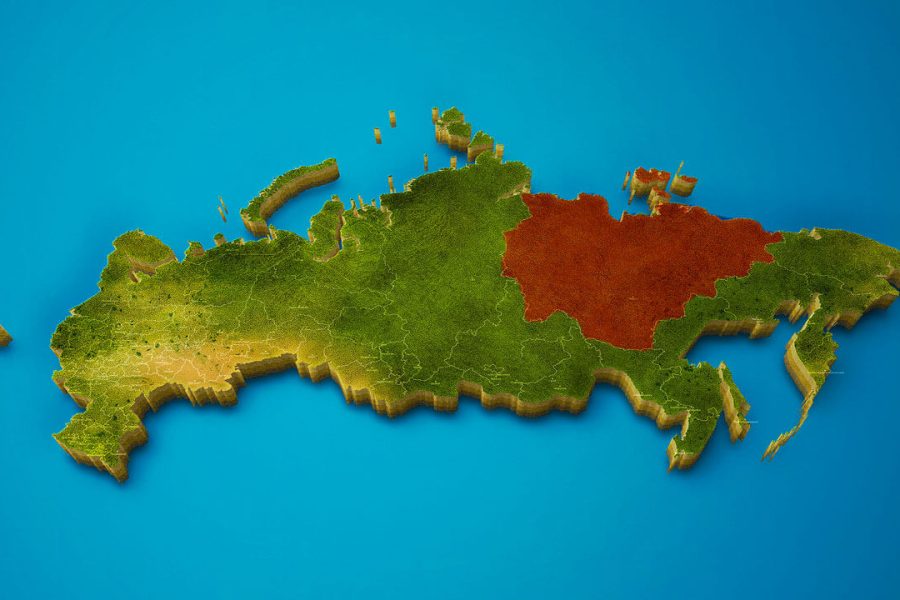Birds do it, bees do it, even kleptogenic salamanders do it. No, it’s not falling in love, although that may be part of it. It’s simply reproduction. And while we humans are most familiar with the process of one man and one woman exchanging some genetic material so that a child can be formed, not every living thing under the sun likes to reproduce in the same way. Some continue their genetic line in ways that are almost unbelievable.
10. Kleptogenesis involves the theft of genetic material 
Kleptogenesis doesn't involve stealing an early '90s game system, but it's potentially just as cool. One species of salamander exists exclusively as females, so when it comes time to reproduce, they have to be a little more creative than your average binary species. In the case of these little amphibians, the solution to their single-gender conundrum comes in the form of thefts . They steal sperm from males of other species of the same genus and decide for themselves how to use it. If this sounds confusing, that's because it is, but it's been going on for millions of years, so let's just assume they know what they're doing.
Male salamanders shed packets of sperm, which then fertilize the females' eggs. This usually produces the expected reproduction: a baby salamander is 50% from each parent. But for this species, that's not the case.
The females, and in this species there are only females, can collect several packets of sperm, and then apparently have the ability to sort out the genes they want to use. As a result, some of these salamanders have in their cells to five different genomes .
Mothers can discard any genetic material they don't want from males, and pass on as many different genomes as they want to their offspring. Some have been identified from species that salamanders don't even descend from.
So how does a salamander choose which genes to pass on? Good question. Scientists are still trying to figure it out.
9. Gynogenesis uses sperm, but not genetic material.

This method is somewhat similar to kleptogenesis, but more rigorous. Essentially, animals that reproduce via gynogenesis need sperm to begin the reproductive process, but not to complete it. So the sperm must reach the egg and begin fertilization, but then the sperm and its genetic material are discarded, and the offspring consists solely of what the mother brings on the table . unlocks the door to their apartment, but then she closes it in his face and spends the night alone.
The main thing to remember about gynogenesis is about what makes it different from something like asexual reproduction and parthenogenesis, where only one parent is needed, is that gynogenesis requires the participation of the male, not his genetics.
8. Hybridogenesis occurs when half of the genetics of the hybrid's parents are combined with the genetics of the other parent.

The term " sexual parasitism " doesn't sound very nice, but that's how you can describe hybridogenesis, an extremely rare form of reproduction that can only happen with an existing genetic hybrid. The mother has two different genetics, one from species A and one from species B. When it comes time to reproduce, she will produce a gamete that can be genetically all A or all B, not a combination. This means that when the egg is fertilized, it will be 50% male, and then 50% only one half of the female genetics, meaning that one genome will be completely eliminated during reproduction.
Consider something like a mule. It is a hybrid between a donkey and a horse. If a female mule were to mate with a horse, the mule's gamete would be 100% horse-like, not donkey-like. So when the male fertilizes the egg, the offspring would be 100% horse-like, with no donkey genetics at all.
Typically, this type of reproduction is found in some species of frogs and some fish, as something like a mule is usually sterile. However, several mules have been bred over the years, and some of their offspring appear to be genetically complete horses.
7. Sporogenesis is the production of spores for reproduction.

Have you ever wondered how mushrooms reproduce? Well, wonder no more, because many types of mushrooms take part in sporogenesis . These and some species of plants and algae produce reproductive spores that can remain dormant for a very long time. This is basically a way for the species to survive adverse living conditions. So, for example, if there was a drought, the fungus could create these spores and they could remain dormant until the drought conditions passed, and then they could begin to grow.
Under normal conditions, the fungus can reproduce sexually, but if necessary, it can also release spores, genetically identical parental. This may continue until traditional reproduction becomes possible again.
6. Parthenogenesis occurs when an unfertilized egg produces offspring.

Parthenogenesis is a kind of unexpected method of reproduction in which an animal that normally reproduces sexually is able to produce an egg that is not fertilized but still produces offspring, in this case genetically identical to the parent. It is a favorite method of reproduction in marine tardigrade , and some much more complex organisms also occasionally reproduce this way. In one case, a female shark that had not had contact with a male for years gave birth baby , who was a clone of his mother.
Various species of arachnids can reproduce by parthenogenesis, but it has also been noted in reptiles, amphibians, and birds.
5. Fragmentation is when a cut off part of the organism can continue to grow.

As far as creepy reproduction methods go, you'd be hard-pressed to find anything that beats fragmentation. It's the kind of thing that happens in horror movies. Put simply, it happens when an organism is damaged so badly that it loses a piece of itself. However, that new piece doesn't just wither and die, like your arm would if it were accidentally chopped off. Instead, it grows into a completely new organism .
The offspring fragment will be a clone of the parent, so that when this is done there will be two identical organisms, even though there was nothing close to gender in the formation of the second organism.
Fragmentation may be a natural form of reproduction, but it is just as likely to occur when an accident tears off a limb. Fortunately for those who find this disturbing, few creatures are capable of it. Specifically, this is how some starfish are capable of reproducing, but there are other species, such as earthworms, that can also do this.
4. Budding occurs when a species produces a new clone that is pinched off from the parent.

Budding sounds pretty harmless and doesn't sound like a method of reproduction at all, but it is the name of a process that organisms such as hydras, jellyfish and yeast, when the time comes to make a new turn in life.
The name refers to the fact that the parent organism will develop what looks like a real bud like you might see on a plant. The bud begins to form an exact replica of the parent organism until it is complete enough to separate completely from the parent and exist as a separate life form. The parent is left with a scar where the embryo separated and became something new.
The new organism will be genetically identical to the parent, but it will also be smaller because it is still growing. Unlike something like binary fission, which we will see shortly, this process can be accomplished with more complex multicellular organisms. In some ways, it is similar to what you might think of as a typical pregnancy, but it is asexual, and the offspring develops not inside the parent, but on top of it, until it is mature enough to leave.
In species such as Hydra, buds form on at a certain junction between the stem and the gastric regions. If conditions are ideal, the hydra can thus produce a new version of itself every couple of days.
3. Heterogony occurs when a species is born pregnant

If you're the type of person who likes to cut out the middleman and get straight to the point, then heterogony is for you. Insects like aphids are able to reproduce this way, and it allows the next generation to be born already pregnant without having to worry about the lengthy mating process.
Aphids do not lay eggs; they are viviparous, and one aphid is capable of producing several perfect clones per day. This is why aphid infestations are so efficient, you really only need one aphid to start a colony.
Insects have the ability to reproduce sexually , if they want to, and will do so to add genetic diversity to ensure stronger offspring when the situation allows.
2. Binary division requires the creation of an exact copy

Binary fission sounds very scientific and maybe a little dangerous, but it is actually one of the simplest forms of reproduction in nature. It is so simple, in fact, that simple life forms, such as various types of bacteria, can do this because the rest of us are too complex to handle it.
Found in simple single-celled organisms and some other microscopic creatures, binary fission occurs when the DNA of an individual cell begins to copy itself myself and basically attaches all the new material to the cell wall until it's so full of new material that the cell splits in two and now there are two exactly identical cells and the long single-celled organism has become two. It's made its own twin!
1. Plant grafting can mix many species in one place.

Plant reproduction is obviously a little different from animal reproduction, but for the most part we understand that one plant must be pollinated by another, and at some point a seed is formed, and perhaps a new plant grows as a result. More or less. But plants have a few extra tricks up their sleeves that allow them to thrive in the most unusual of conditions, and none are stranger than grafting.
Because so many plants are genetically similar because they come from the same family, botanists and gardeners have discovered over the years that you can take a cutting from one plant and attach it to another plant to create something entirely new. And, like transplanting a human limb, that cut can heal in place and begin to grow. But unlike transplanting a limb, that new branch can be so different that you create a fruit tree that now bears two different fruits. Or, if you really want to push the envelope, you can do what they call fruit salad trees .
Right now you can buy a tree that grows limes, tangerines and pomelos. Or maybe one that grows peaches, nectarines, plums and other stone fruits. It is said that you can get some that grow up to 7 or 8 different varieties of fruit on one tree, and they come in four main varieties, including citrus, stone fruits, apples and naxi, which grow Asian pears.













Оставить Комментарий